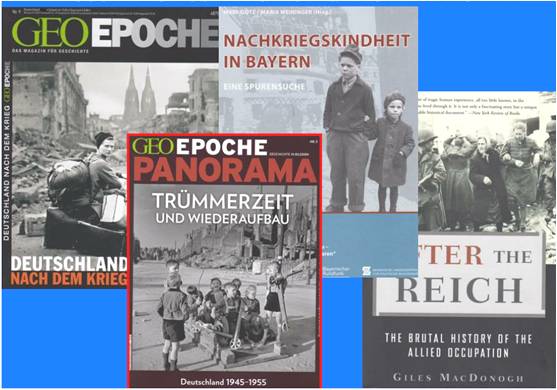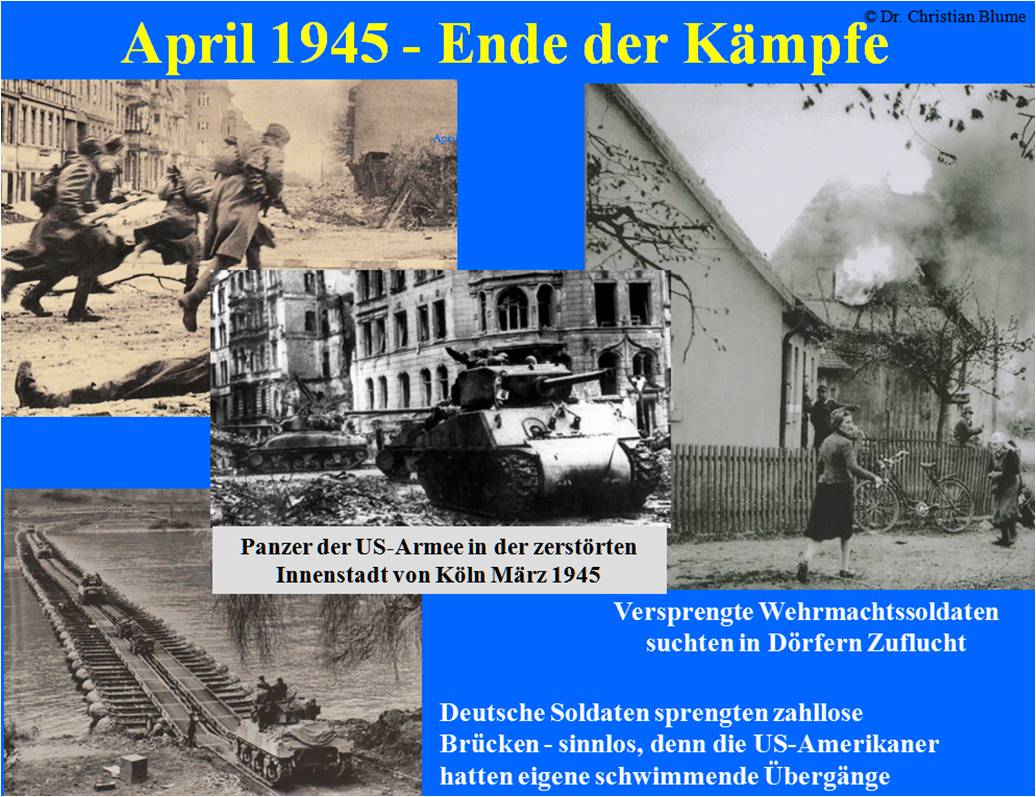 In May 1945, the horrors of the German occupation and war came to an end for the peoples of Europe, but for most Germans an end began with horror. For many, the end of combat actions initially meant hunger, cold, imprisonment, expulsion or suffering atrocities. Depending on where the people were or lived, the Germans experienced a different fate.
In May 1945, the horrors of the German occupation and war came to an end for the peoples of Europe, but for most Germans an end began with horror. For many, the end of combat actions initially meant hunger, cold, imprisonment, expulsion or suffering atrocities. Depending on where the people were or lived, the Germans experienced a different fate.
Fewer and fewer people can still remember life in Germany during the four years immediately after the World War, in which practically no German state existed. What was life and survival like during this time, especially for the children? How did the German population cope with the life-threatening adversities? What did the everyday
 end of the struggles with the struggle for survival look like for many? What politically drastic changes have been made to this day, which exert their influence until today? How did the occupying powers govern Germany, how were the Germans treated? While the Nazi era, the World War and subsequent reconstruction and the economic miracle are presented in detail, little is known about life in the period between the "Third Reich" and the two German states of the German Federal Republic and the German Democratic Republic. Therefore, for example, a part of the extensive literature used for the lecture comes from American and English sources.
end of the struggles with the struggle for survival look like for many? What politically drastic changes have been made to this day, which exert their influence until today? How did the occupying powers govern Germany, how were the Germans treated? While the Nazi era, the World War and subsequent reconstruction and the economic miracle are presented in detail, little is known about life in the period between the "Third Reich" and the two German states of the German Federal Republic and the German Democratic Republic. Therefore, for example, a part of the extensive literature used for the lecture comes from American and English sources.
The approximately two-hour presentation would like to recall the time immediately after the end of the war by means of a PowerPoint lecture and explanations or convey a vivid impression with the help of pictures and overviews. These four years meant a deep cut not only through external poverty, but also for the self-image of the Germans. They have probably been much more formative for Germans to this day than they are believed or have realized so far.